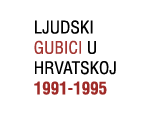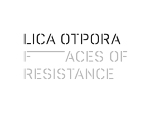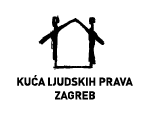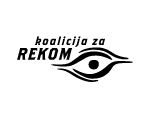Culture of remembrance, culture of oblivion: How to proceed on the selected venues on the islands Goli, Grgur, Pag and Rab?
Round-table and workshops titled “Contemporary culture of remembrance in Croatia and Europe: How to proceed on the selected venues on the islands Goli, Grgur, Pag and Rab?” were held from the 25th till the 27th of October in Rijeka. The three-day gathering was dedicated to formulating a plan to memorialize the places of political repression and suffering located in four venues in the southern part of the Kvarner Gulf. The ustasha camp in Slana cove on the island of Pag, the Italian internment camp Kampor on the island of Rab, as well as the communist political prisons on the island Goli and the nearby island of Grgur were subjects of the discussion. The gathering was organized by Documenta – Center for Dealing with the Past, with the support of the Zagreb office of Friedrich Ebert Foundation; and the participation of representatives from the Municipality of Rijeka, international academic communities and NGO-s.
On Thursday, the 25th of October, an optional visit to the island Goli and the cemetery in Kampor was organized for participants who haven’t previously seen the venues. In the evening hours the same day the opening of the conference took place. In her welcoming speech the director of Documenta, Vesna Teršelič, highlighted the importance of remembrance and the preservation of venues where groups and individuals suffered the blows of political violence.
On the 26th of October, after the welcoming speeches, the first session focused on the remembrance of the concentration camps in Molat, Slana and Jasenovac. The recent progress in the preservation of the former concentration camp, run by Italian fascists – Molat, was acknowledged as a step in the right direction. At the same time, the attitude of the local Pag community towards the venues of suffering within the local ustasha camp, as well as the strong visibility of the growing revisionism concerning Jasenovac and other sites of ustasha persecution and terror were estimated as deeply problematic.
The second session was dedicated to the measures to be taken to preserve the island Goli and Grgur. Attention was brought to the manipulation of the exact number of prisoners and the misinterpretation of the history of the venue, to which contributes the fact that there isn’t an institution which takes care of the sites and could promote science-based culture of remembrance for the persecution and suffering during the Informbiro period (1948-1956). The numerous tourists on the island Goli get their information mainly from local tourist shippers, whose empirical and methodological background is quite questionable as to serve as tour guides on the island. With their comments, colleagues from Italy, Slovenia and Bulgaria greatly contributed to the discussions and gave a wider overview of the subject by presenting similarities and differences through examples from other countries.
After the second session the participants were divided into two working groups. As one group was discussing the remembrance and preservation of venues of suffering from World War II (Kampor, Molat, Jasenovac, Slana), the other group was dedicated to sites marked by political repression during the Informbiro period (the island Goli, the island of Grgur). The aim was to agree on concrete steps and activities for further memorialization of these venues, for their preservation and appropriate permanent protection. On the last day of the gathering both groups presented their conclusions. Concrete steps were agreed on so that the ideas discussed at the conference could be realized in practice and the venues of persecution and suffering could gain appropriate symbolical place in the Croatian and the European culture of remembrance.









